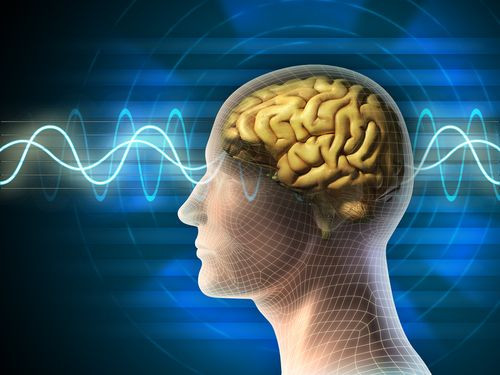Brain Facts To Know And Share: Men Have A Lower Percentage Of Gray Matter Than Women

The brain has gone mainstream. It’s pop, on occasion. It’s even fun what with all the new neuroscientific explanations of brain function and wiring and the ways these features may or may not affect behavior. We are also hearing more about specific regions of the brain and their purpose. For instance, the amygdala, that deeply buried almond-shaped structure, is where we process emotion — might be the reason it shrinks by 30 percent upon male castration — while the hippocampus, which is shaped like a sea horse, is all about memory and is the first region to go when a person has Alzheimer’s.
One of the first things many of us learn about the brain is how it contains both white and gray matter, yet we may have forgotten the differences between the two. Did you know women have a higher percentage of gray matter than men? And, not only do men have more white matter, percentage-wise, they also have more cerebrospinal fluid. Before trying to understand the meaning in these differences, let’s begin with a satellite view of the brain.
Brain Basics
An average brain weighs about 3 pounds. Commonly, scientists describe this organ as having three main sections: a cerebrum, a cerebellum (the "little brain"), and a brainstem. The cerebrum, which is famously split into right and left hemispheres, is where you find the gray and white matter. The outer layer of the cerebrum, known as the cerebral cortex, is composed of folds of gray matter, which is made of closely packed neuron cell bodies. The gray matter contains specialized regions involved in memory, attention, perceptual awareness, thought, language, and consciousness. While 20 percent of all the oxygen we breathe goes directly to the brain, an overwhelming majority of that (95 percent) suffuses into the gray matter. Overall, gray matter occupies 40 percent of the cerebrum, while white matter fills the remaining 60 percent.
White matter lies beneath the gray matter and is composed of long nerve fibers insulated by myelin sheaths. Not only does myelin give white matter its distinctive color, but it also helps to speed electrical signals along nerve axons. White matter contains core structures, such as the thalamus and hypothalamus, and helps relay sensory information from the rest of the body to the cerebral cortex. It also is involved in the regulation of autonomic (unconscious) functions, such as heart rate and body temperature, while certain nuclei are involved in limbic system function, including the release of hormones from the pituitary, and regulation of eating.
Taken altogether, the brain generally works from the inside out: The inner white matter allows communication to and from gray matter areas, and between the gray matter and the other parts of the body, while the processing of information is concluded in the outer layer of gray matter. Perhaps for these reasons, sex differences in white and gray matter sometimes inspire controversy.
Vive La Difference
A team of scientists from the University of Pennsylvania performed magnetic resonance imaging (MRI) scans on 80 healthy volunteers between the ages 18 and 45. The study confirmed women have a higher percentage of gray matter, whereas men have a higher percentage of white matter and also cerebrospinal fluid. The researchers noted this greater investment in gray matter on the part of women makes more tissue "available for computation relative to transfer across distant regions" and further speculated this might compensate for smaller intracranial space in women — if your head is smaller, there's shorter distance for information transfer, so you need less white matter. The researchers also believe an increase in gray matter might contribute to differences in cognitive functioning, specifically women's ability to outperform men on language tasks.
Meanwhile, another team of researchers from the same university analyzed nearly 1,000 scans (428 males and 521 females between the ages of 8 and 22) and this study uncovered differences in brain circuitry across gray and white matter. Specifically, they found the brains of women show more connections running between the left and right hemispheres, while the brains of men show more connections between the front and back regions within each hemisphere. According to the researchers, the “results suggest that male brains are structured to facilitate connectivity between perception and coordinated action, whereas female brains are designed to facilitate communication between analytical and intuitive processing modes.”
Do differences detected by an MRI spell out valid distinctions between men and women? Each study certainly has its share of limitations and so could only suggest a reason for any differences in mental aptitudes between the sexes. The techniques of neuroscience are best suited to delineating structures and tracking cellular activity, as opposed to recognizing a peron's capability of reason and imagination.
Published by Medicaldaily.com



























